Beauty and the banal: William Eggleston’s masterful elevation of the ordinary
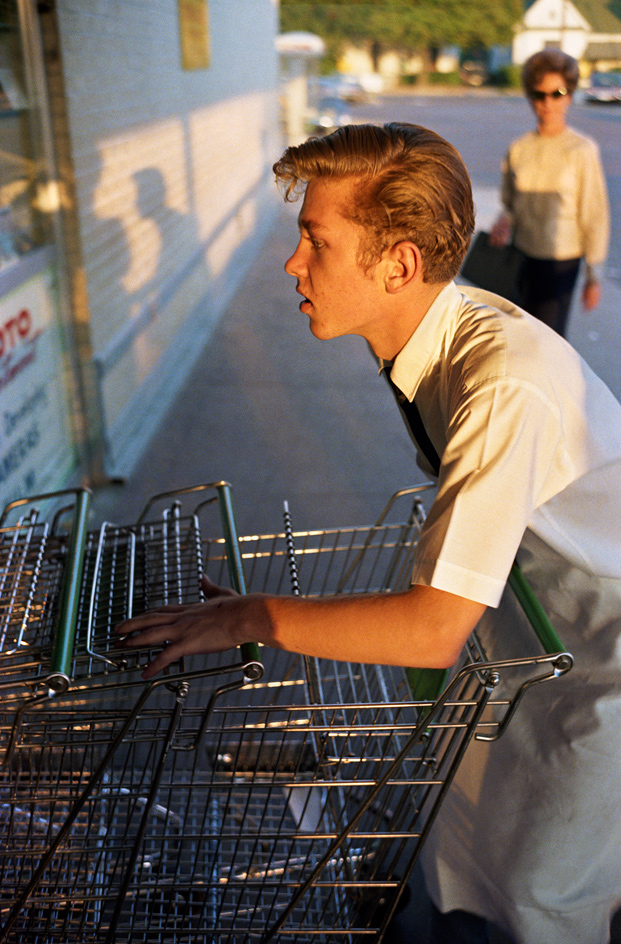
‘I’d assumed I could do in colour what I could do in black and white, and I got a swift, harsh lesson. All bones bared. But it had to be,’ the American photographer William Eggleston mused once, recalling his first successful colour photograph. ‘I had this new exposure system in mind of overexposing the film so all the colors would be there. The first frame, I remember, was a guy pushing grocery carts. Some kind of pimply, freckle-faced guy in the late sunlight.... And by God, it all worked.’
The picture in question is unadulterated Eggleston: unapologetically banal, yet utterly compelling in its divine rendering of colour and light. Currently on view at the National Portrait Gallery, the unnamed photograph (Eggleston has always shied away from titles) is part of a new exhibition opening today in London that encompasses some 100 works by the pioneer of modern colour photography.
Born in 1939 into a wealthy Southern family, Eggleston grew up on his family’s plantation farm along the Mississippi Delta (the show includes riveting portraits of Lucille Fleming, a long-time housekeeper for the family, as well as ‘house man’ Jasper Staples). In 1957 he acquired his first camera – a Canon Rangefinder – and was soon exposed to Henri Cartier-Bresson’s The Decisive Moment and Walker Evans’s American Photographs, which most lucidly influenced his earlier work.
A selection of black-and-white portraits – intriguing in their own right – serves as a prelude to the snapshot-style colour photography that has become synonymous with Eggleston. More poignantly, it has been 40 years since the photographer’s 1976 MoMA show was universally panned by critics. The New York Times proclaimed it ‘the most hated show of the year’, while Hilton Kramer seethed, 'Perfectly banal... perfectly boring, certainly.’
If his pictures are ordinary (or so his critics protested), surely his subjects are anything but. Among them was TC Boring, an offbeat dentist with a flair for the florid (his house was the location of Eggleston’s seminal ‘red ceiling’ photograph). A casual nudist and drug addict, Boring was murdered in 1980 by an axe to the head before his home was set on fire with him in it. In one Polaroid, Boring is pictured tending to his garden, bare feet rooted into the earth. In another dye-transfer print, he stands alone in a graffiti-scrawled room, stark naked, scratching his head perplexed and awash in an unsettling cast of crimson. It’s an uncanny foreshadowing of the violent end Eggleston’s friend would meet.
Elsewhere, a tender moment is captured as Eggleston’s cousin Lesa Aldridge comforts a morose Karen Chatham, who had been rebuffed earlier that evening by Alex Chilton, the lead singer of cult Memphis band Big Star. (Aldrige would later be involved in a volatile relationship with Chilton himself, as well as lead an all-female punk band, The Klitz, with Chatham.) The scene reads like a Dutch Master painting, its hues quietly romantic and more delicate than Eggleston’s usual palette.
Naturally, Eggleston’s prodigious way of seeing drew evermore creative characters into his orbit: portraits of Dennis Hopper, Joe Strummer, Fred Dowell and Andy Warhol ‘Superstar’ Viva are all on show too, seamlessly knitted with images of his family, friends and strangers.
Eggleston’s photographs are vignettes; overtures to the dynastic chronicles, love triangles, melancholy and glee that unfurl from beyond his decisive moment. Perhaps this is why his portraits are so captivating in their sheer mundanity – his offhandedness is so curiously at odds with the intricate entanglements of the people he photographed. His firm refusal to title photographs make them all the more tantalising. ‘Whatever it is about pictures, photographs, it’s just about impossible to follow up with words,’ he once said. ‘They don’t have anything to do with each other.'
Hoarding tropes of Americana – from the Old South to cars, friends, family, backyards and suburbia – he catalogued them relentlessly and indiscriminately. Sometimes the most ordinary of things are the most beautiful. And Eggleston’s ability to capture them is extraordinary.
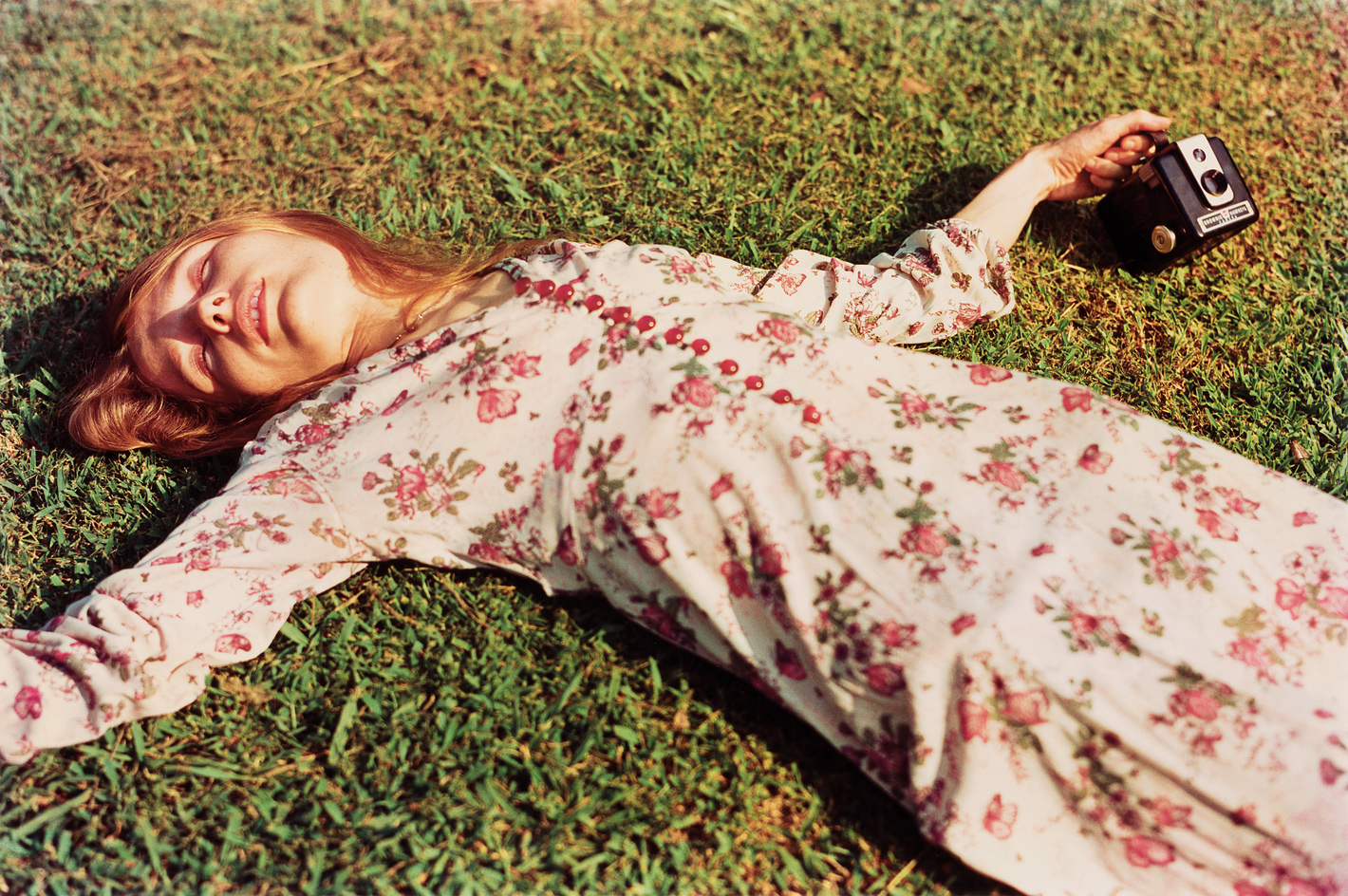
An ethereal 1975 portrait of dancer Marcia Hare – clutching a Kodak camera while laying back on the grass – is notable for its use of focus. Copyright Eggleston Artistic Trust
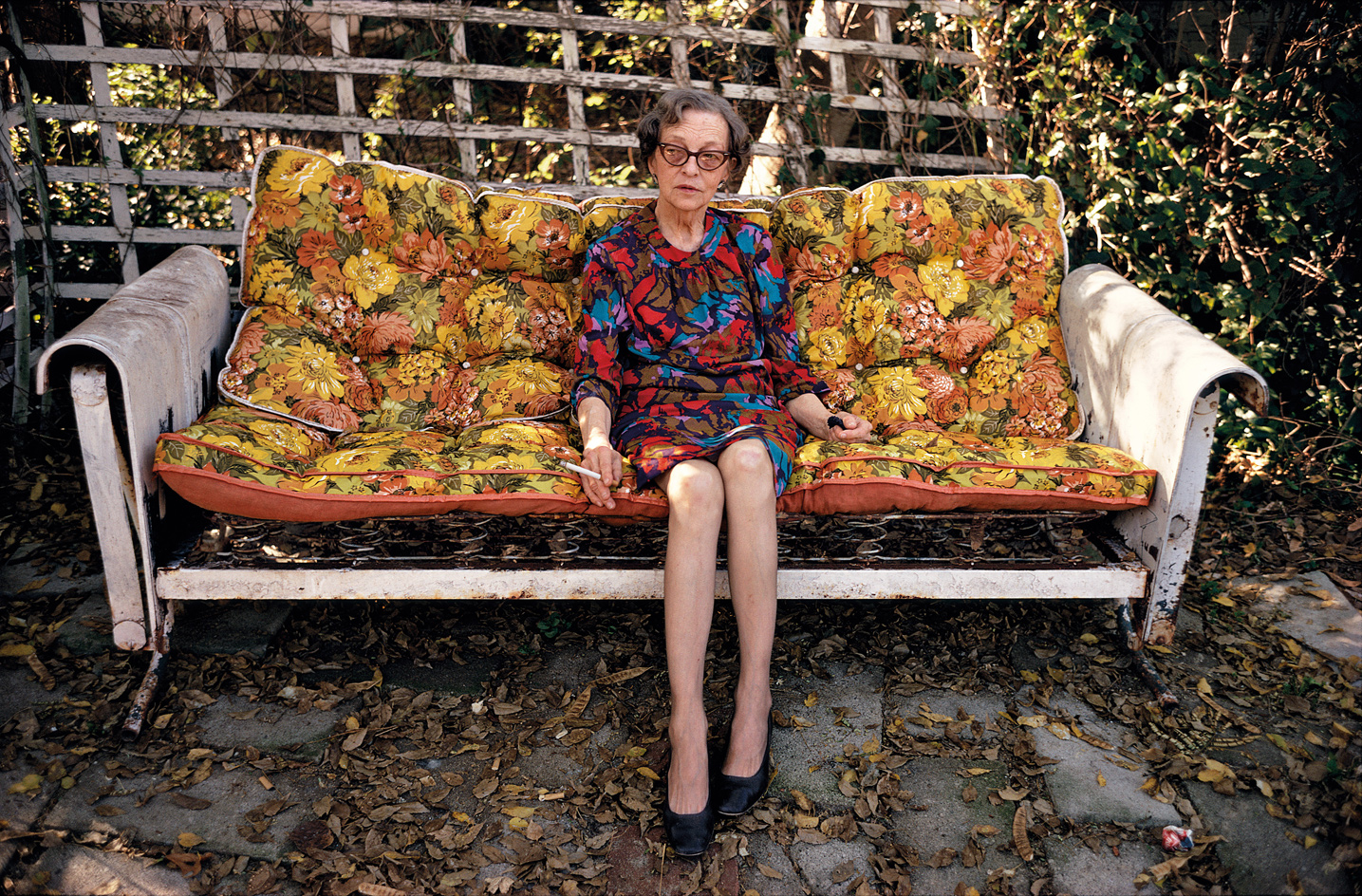
Devoe Money (pictured in this 1970 portrait) was distantly related to Eggleston on his father’s side. ’She was a swell, wonderful person,’ Eggleston recalls, ’very smart, too. She was not a rich lady. She didn’t inherit a lot, I remember she was active in the little theatre there in Jackson. But there’s no money in that.’ Copyright Eggleston Artistic Trust
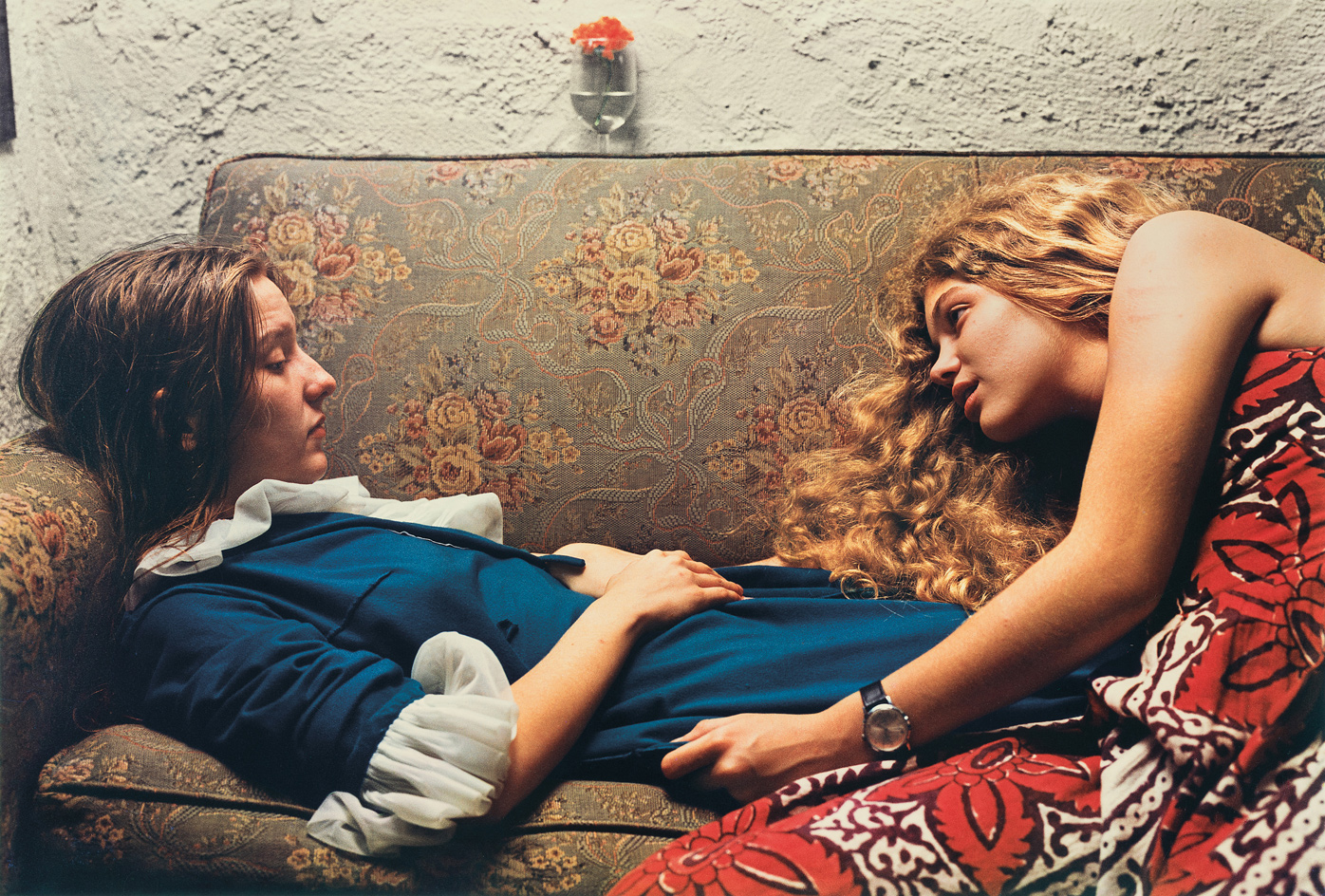
Untitled, 1974, portrays Karen Chatham, left, with the artist’s cousin Lesa Aldridge, in Memphis, Tennessee. Courtesy of Wilson Centre for Photography. Copyright Eggleston Artistic Trust
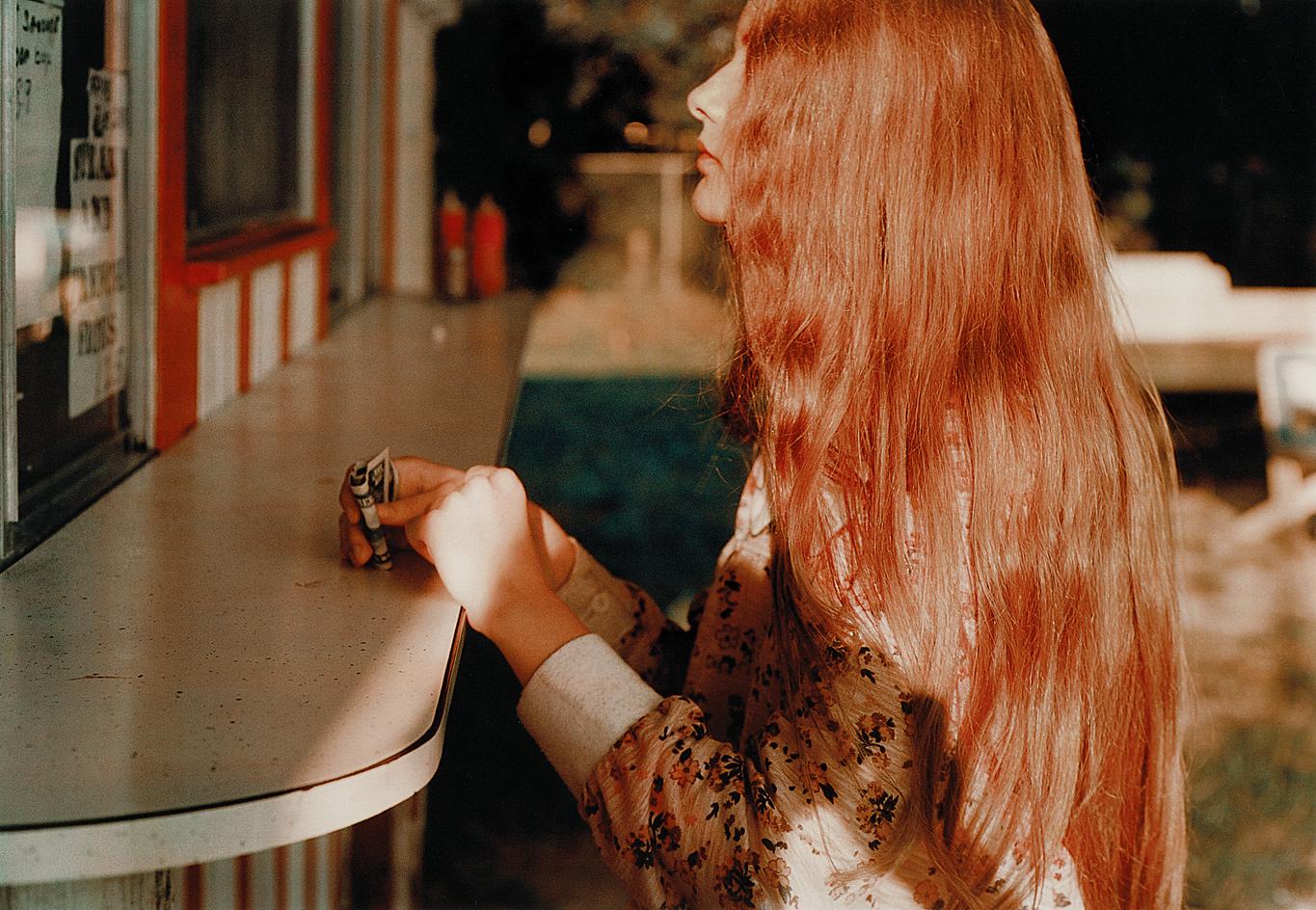
Untitled, 1974, captured in Biloxi, Mississippi. Copyright Eggleston Artistic Trust
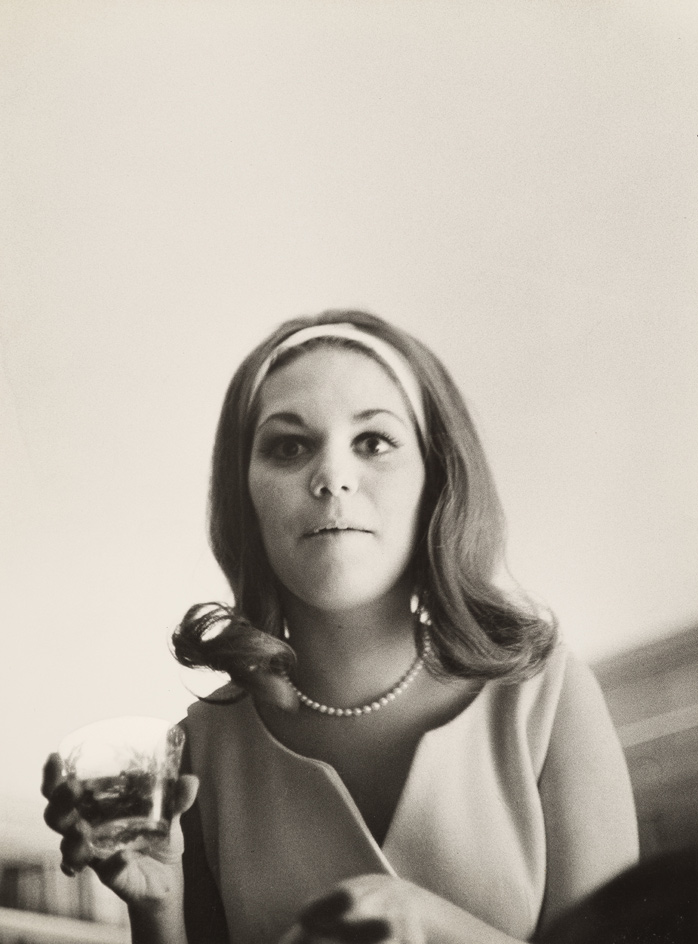
A selection of Eggleston’s earlier black-and-white works serve as a prelude to his colour photography. Pictured: Untitled, 1960s. Copyright Eggleston Artistic Trust
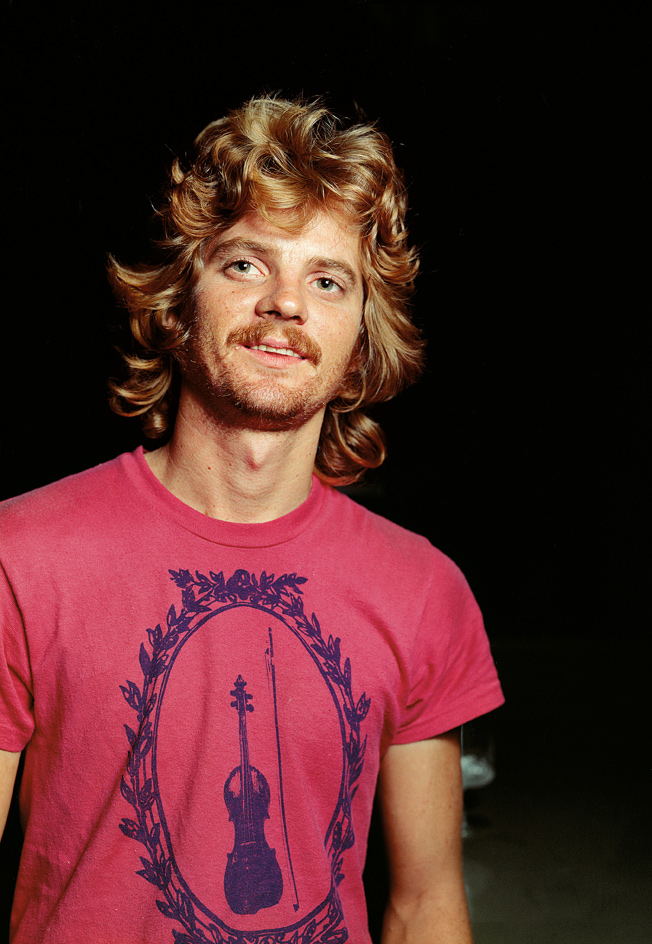
Untitled, 1973–4 (pictured, Dane Layton), from the series ’Night Club Portraits’. Copyright Eggleston Artistic Trust
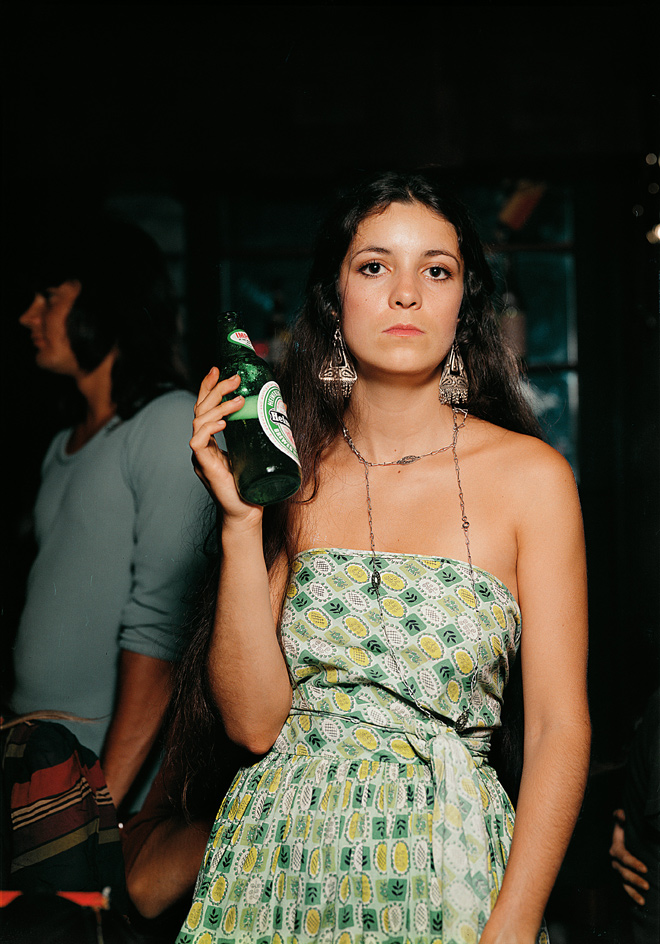
Untitled, 1973–4, from the series ’Night Club Portraits’. Copyright Eggleston Artistic Trust
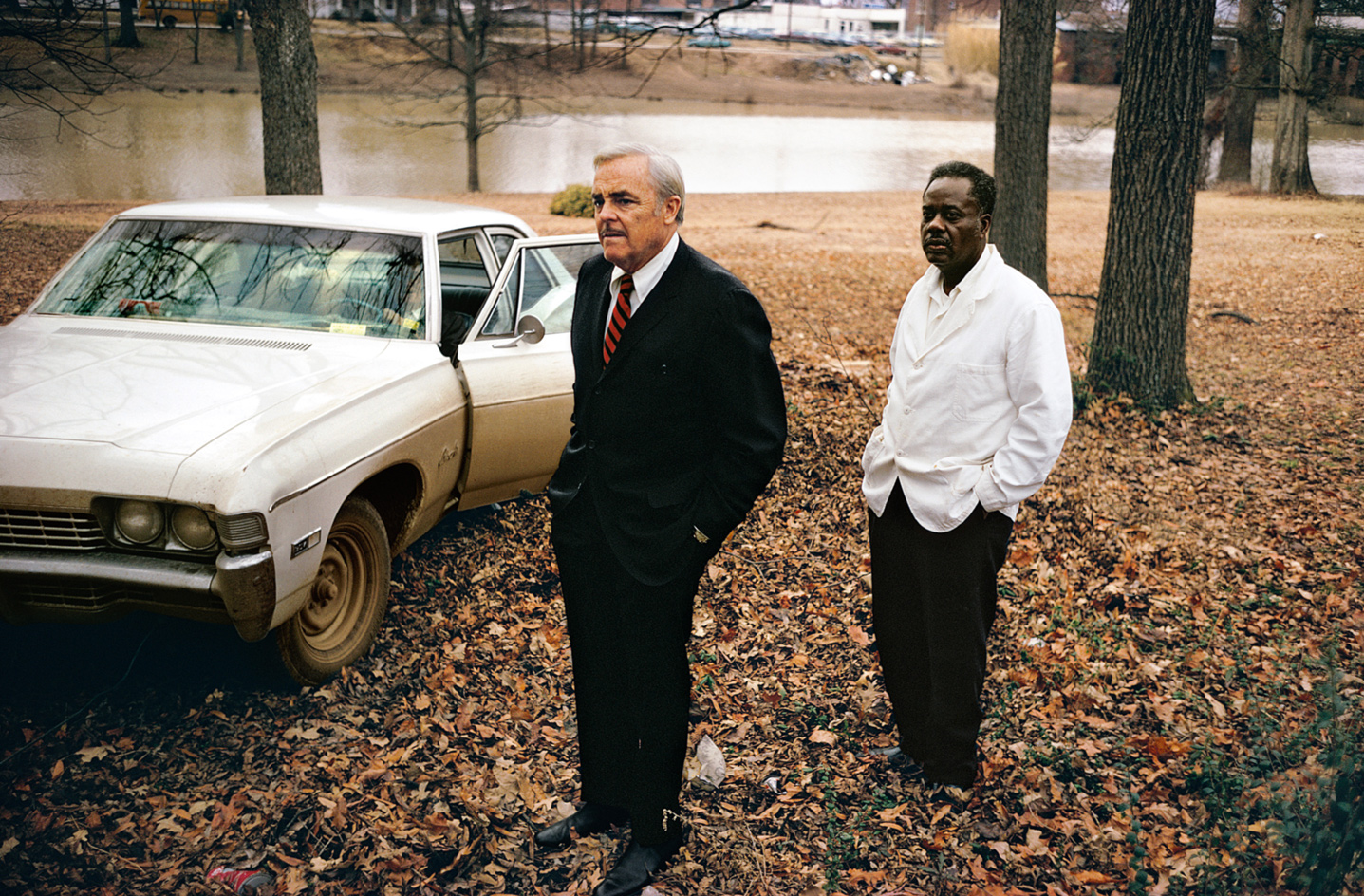
In Untitled, 1969–70, the artist’s uncle, Ayden Schuyler Senior, is pictured with the family’s ’house man’, Jasper Staples, in Cassidy Bayou, Mississippi. Copyright Eggleston Artistic Trust
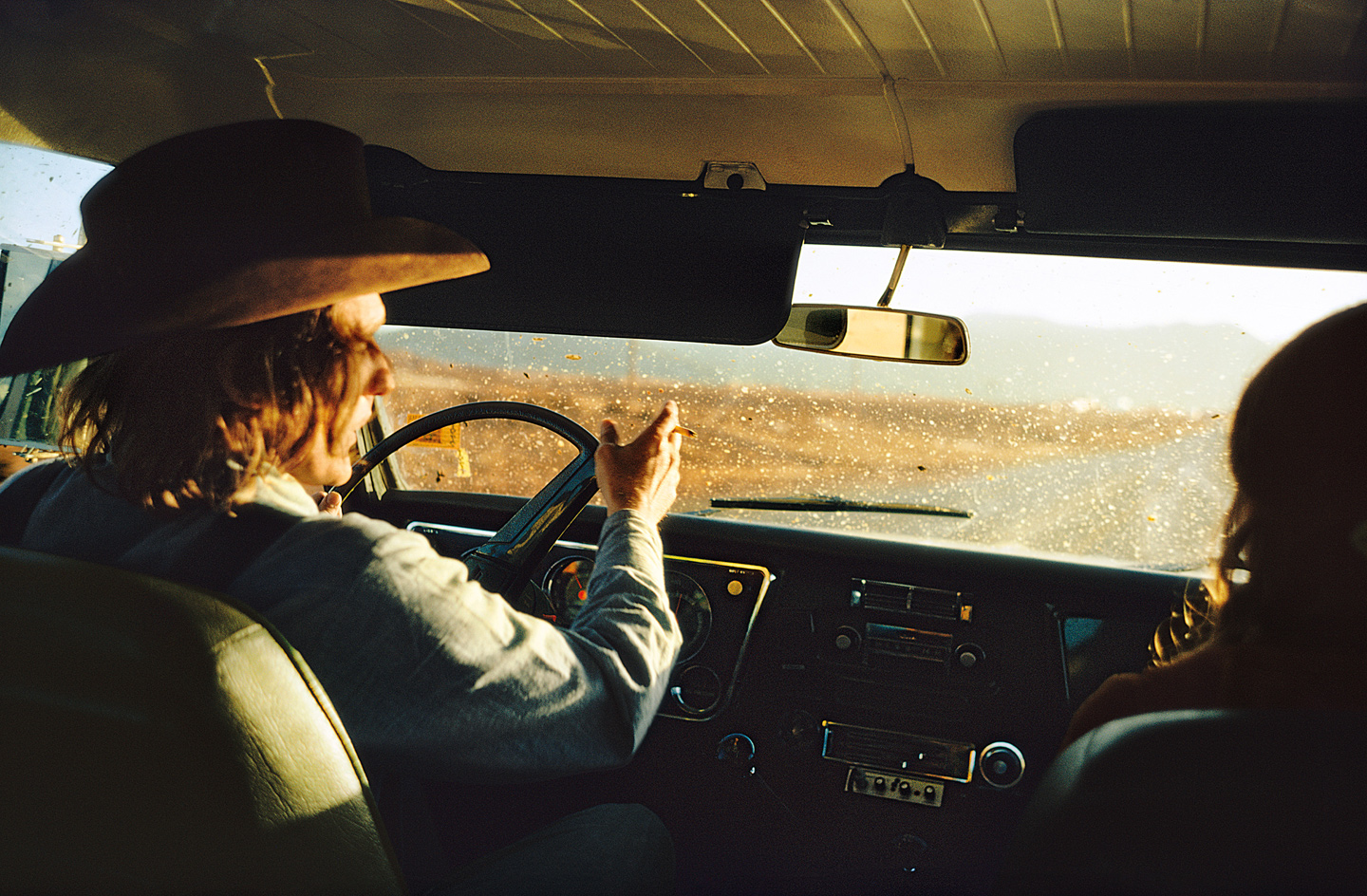
Untitled, 1970–4, shows Dennis Hopper driving in the outback. Copyright Eggleston Artistic Trust
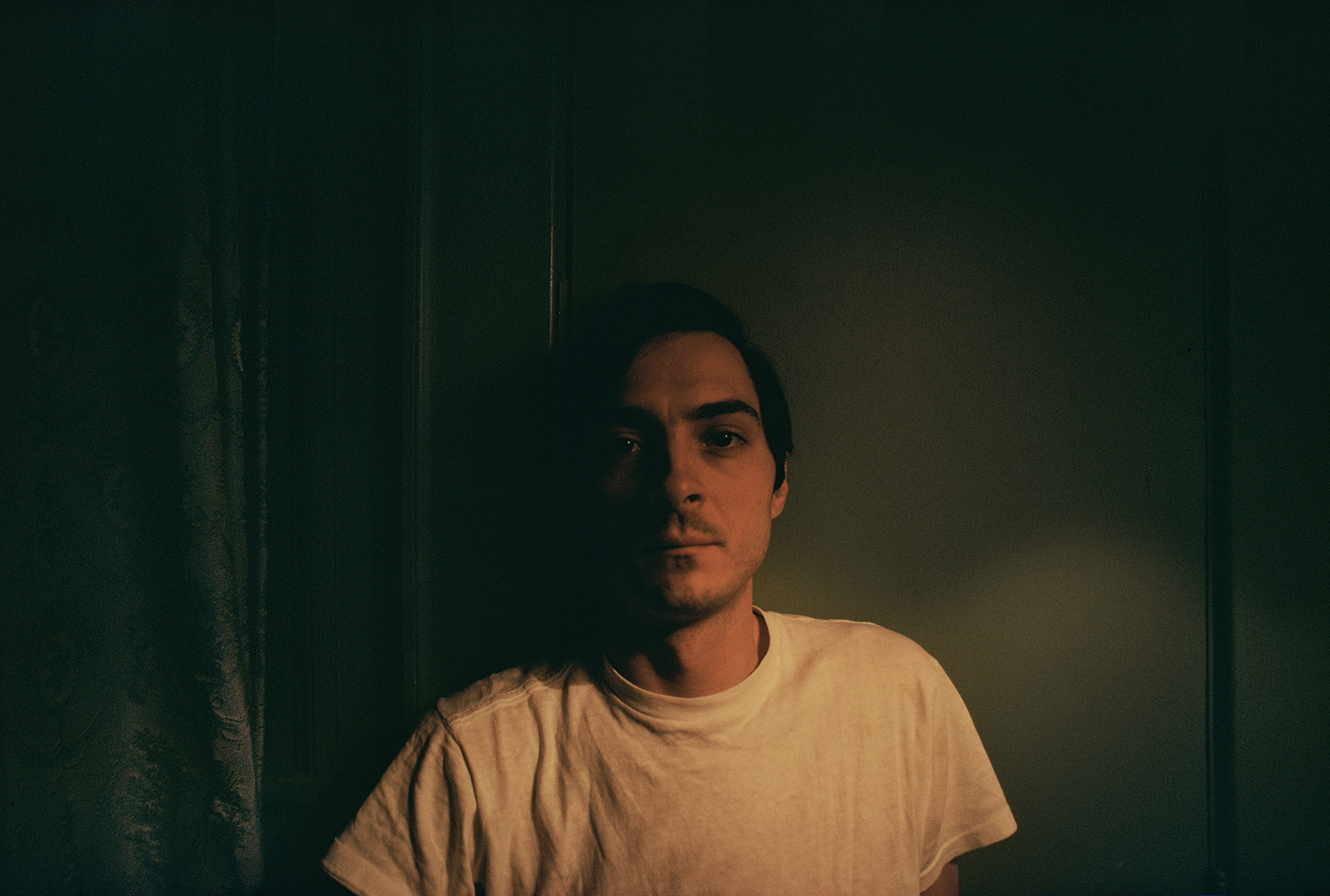
Untitled, 1970, is a self-portrait of Eggleston. Copyright Eggleston Artistic Trust
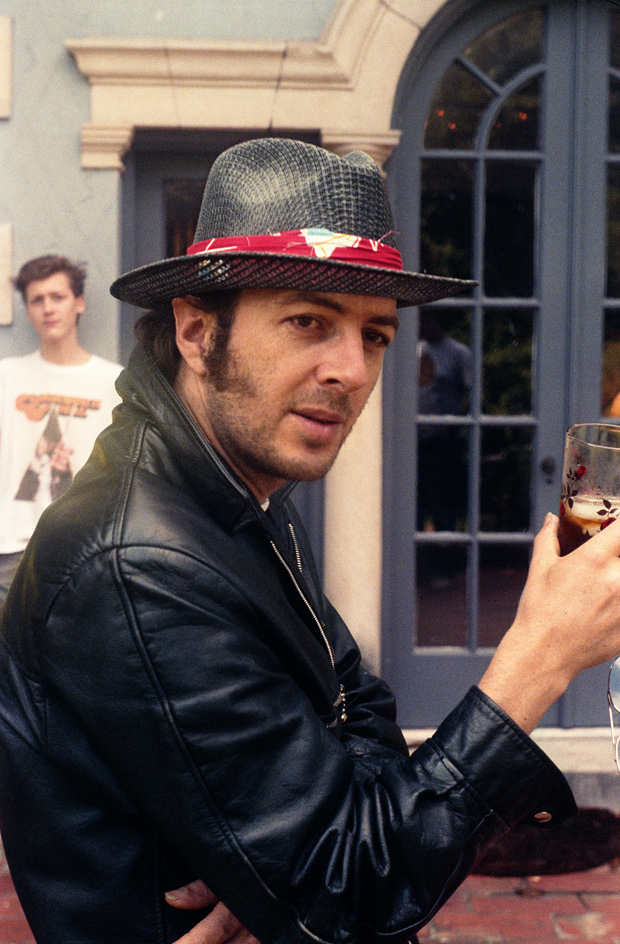
This untitled photograph from c.1980 features the late Clash frontman Joe Strummer. Copyright Eggleston Artistic Trust
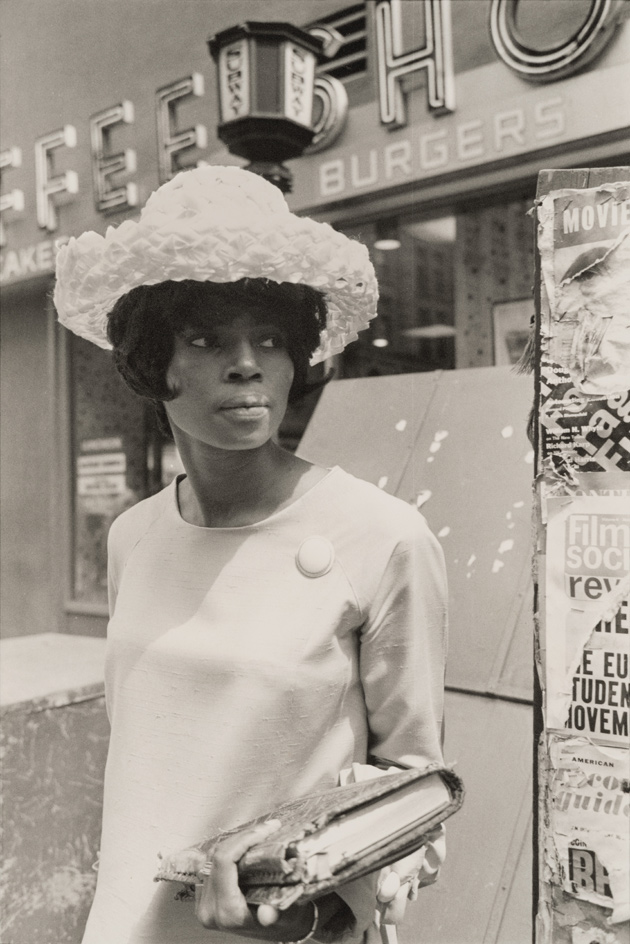
Untitled, 1960s. Copyright Eggleston Artistic Trust
INFORMATION
‘William Eggleston: Portraits’ is on view until 23 October. For more information, visit the National Portrait Gallery website
ADDRESS
National Portrait Gallery
St Martin’s Place
London, WC2H 0HE
Wallpaper* Newsletter
Receive our daily digest of inspiration, escapism and design stories from around the world direct to your inbox.
-
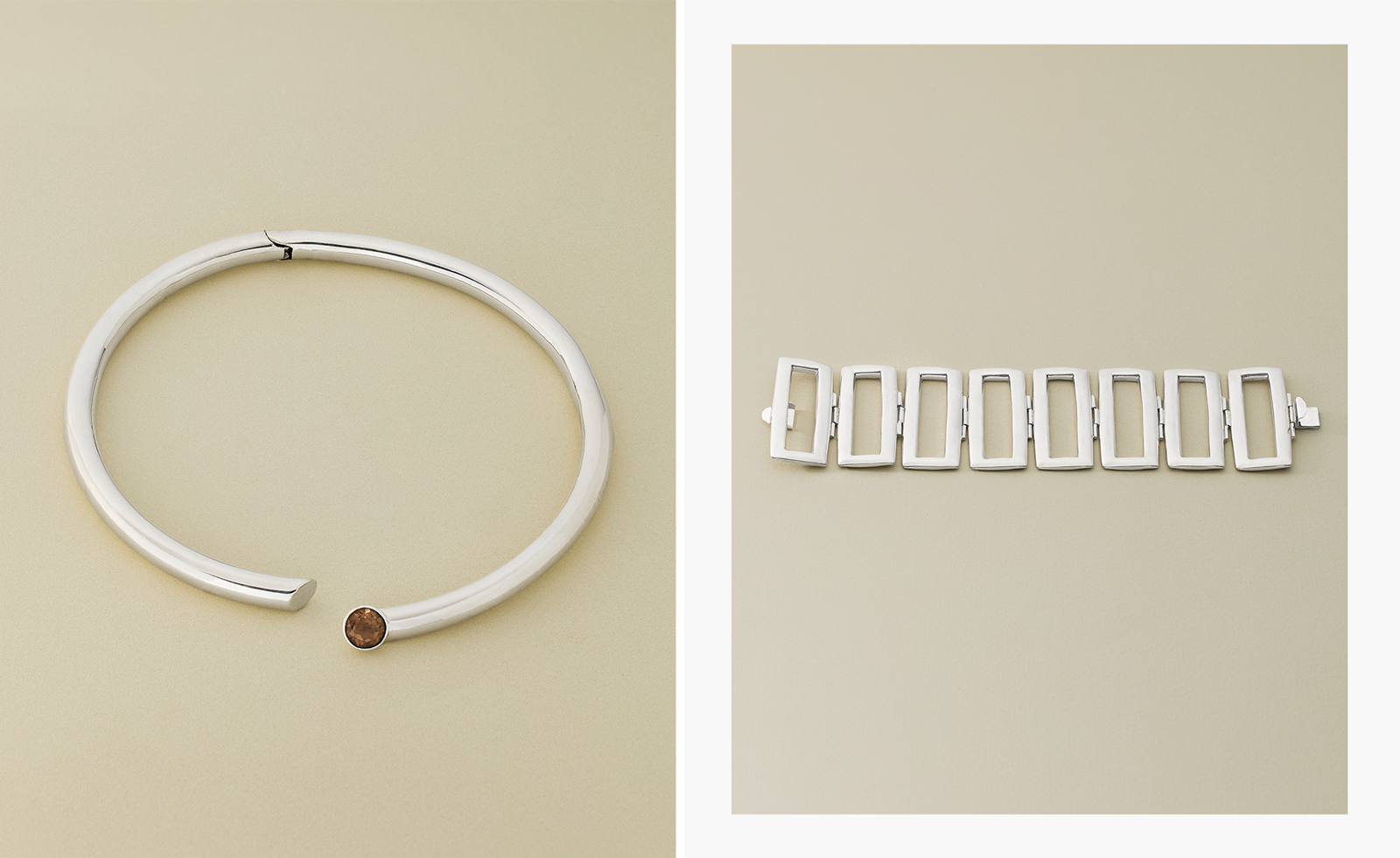 Nina Runsdorf brings classic jewellery back to life to mark 20 years
Nina Runsdorf brings classic jewellery back to life to mark 20 yearsNew York-based jewellery designer Nina Runsdorf celebrates her eponymous brand’s anniversary with a new jewellery collection, ‘Archive’
By Hannah Silver
-
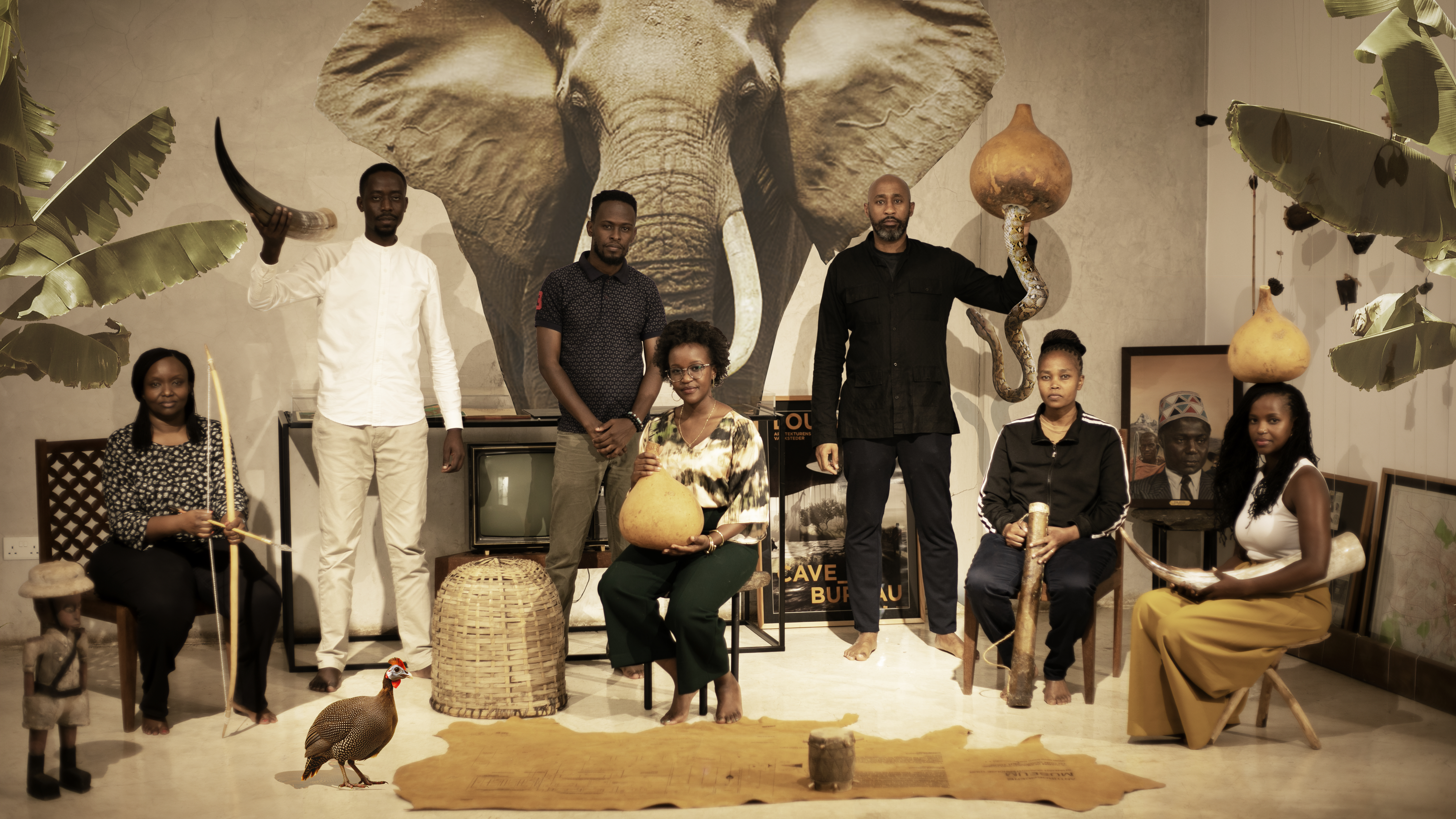 Enter the world of Cave Bureau, and its architectural and geological explorations
Enter the world of Cave Bureau, and its architectural and geological explorationsNairobi practice Cave Bureau explores architecture’s role in the geological afterlives of colonialism, as part of a team exhibiting at the British pavilion at the Venice Architecture Biennale 2025
By Marwa El Mubark
-
 All-In is the Paris-based label making full-force fashion for main character dressing
All-In is the Paris-based label making full-force fashion for main character dressingPart of our monthly Uprising series, Wallpaper* meets Benjamin Barron and Bror August Vestbø of All-In, the LVMH Prize-nominated label which bases its collections on a riotous cast of characters – real and imagined
By Orla Brennan
-
 ‘Humour is foundational’: artist Ella Kruglyanskaya on painting as a ‘highly questionable’ pursuit
‘Humour is foundational’: artist Ella Kruglyanskaya on painting as a ‘highly questionable’ pursuitElla Kruglyanskaya’s exhibition, ‘Shadows’ at Thomas Dane Gallery, is the first in a series of three this year, with openings in Basel and New York to follow
By Hannah Silver
-
 The art of the textile label: how British mill-made cloth sold itself to Indian buyers
The art of the textile label: how British mill-made cloth sold itself to Indian buyersAn exhibition of Indo-British textile labels at the Museum of Art & Photography (MAP) in Bengaluru is a journey through colonial desire and the design of mass persuasion
By Aastha D
-
 Artist Qualeasha Wood explores the digital glitch to weave stories of the Black female experience
Artist Qualeasha Wood explores the digital glitch to weave stories of the Black female experienceIn ‘Malware’, her new London exhibition at Pippy Houldsworth Gallery, the American artist’s tapestries, tuftings and videos delve into the world of internet malfunction
By Hannah Silver
-
 Ed Atkins confronts death at Tate Britain
Ed Atkins confronts death at Tate BritainIn his new London exhibition, the artist prods at the limits of existence through digital and physical works, including a film starring Toby Jones
By Emily Steer
-
 Tom Wesselmann’s 'Up Close' and the anatomy of desire
Tom Wesselmann’s 'Up Close' and the anatomy of desireIn a new exhibition currently on show at Almine Rech in London, Tom Wesselmann challenges the limits of figurative painting
By Sam Moore
-
 A major Frida Kahlo exhibition is coming to the Tate Modern next year
A major Frida Kahlo exhibition is coming to the Tate Modern next yearTate’s 2026 programme includes 'Frida: The Making of an Icon', which will trace the professional and personal life of countercultural figurehead Frida Kahlo
By Anna Solomon
-
 A portrait of the artist: Sotheby’s puts Grayson Perry in the spotlight
A portrait of the artist: Sotheby’s puts Grayson Perry in the spotlightFor more than a decade, photographer Richard Ansett has made Grayson Perry his muse. Now Sotheby’s is staging a selling exhibition of their work
By Hannah Silver
-
 From counter-culture to Northern Soul, these photos chart an intimate history of working-class Britain
From counter-culture to Northern Soul, these photos chart an intimate history of working-class Britain‘After the End of History: British Working Class Photography 1989 – 2024’ is at Edinburgh gallery Stills
By Tianna Williams